- Home
- Creating Mood
Creating Mood. Let's Talk About Our Feelings.
As artists, what tends to happen is we see something that evokes an emotional response. And to my mind, the best paintings are the ones that convey the emotion, or mood, with power. Fundamentally, that makes us as artists, communicators. And that means we need a vocabulary in order to convey these feelings.
So, how do we get a vocabulary to communicate feelings in our paintings?
To create mood in our paintings, we use things like colour selection, subject matter, brush technique, positioning of objects (composition).
So, today we’ll talk about three simple techniques you can learn, in order to convey 3 powerful moods in your landscape paintings.
Creating Mood with Sharp Contrast
Using sharp edges, bright colours, firm brushstrokes, and subject matter that is bright, to show a specific time of day, for example the beach in full midday sunlight on a relatively still day, or the tree on a hill in the tutorial below.
We’re trying to evoke the mood of space, warmth, freedom, happiness, and perhaps childhood memories of the beach or the bush (good ones - not the one where you were stung by a bluebottle/bee that time in Year 4).
Bright, clean colours and strong deep shadows, and bright highlights will all help in creating mood and telling this story.
Creating Mood with Soft Contrast
As an example, we could use a bright sunny day, as before - but soften all the shadows and highlights in the distance, to create the illusion and impression of wind, stirring up dust. Blurring the horizon for example. Or indistinctifying hills in the distance. This can evoke an entirely different response, and tell an entirely different story.
Using these two examples, we can change some colours entirely, and create a completely different feeling.
Creating Mood with Colour
In this part of the world we get lovely afternoon storms, usually after a bangin’ hot summers day. They loom, all dark grey, ominous and foreboding. It looks strange because the sun is still shining directly and brightly on objects in the foreground. LOTS OF MOOD.
So, the good news is, the foreground doesn’t change from the previous sunny example. The background however, is dark, and relatively monotone. It tells a wonderful story, and creates fabulous mood. And all we’ve done is alter some colours.
Of course, there are those lovely grey, stormy days, with very little light. If we squash out all the colour, and keep everything tonally similar, we create that lovely muted, foggy, stay-in-bed-all-day atmosphere. A beautiful lack of contrast creates the mood.
This technique has been used ever since people started painting landscapes. Look back through some of the old masters’ work to get some inspiration. Beautiful.
Turner, for example, would often use dark, ominous backgrounds; and place brightly lit pieces of ocean and ship in varying places, to create mood and drama. Often, these highlit areas are in the distance, or mid-ground; pulling your eye deeply into the painting. This suggests a tiny object in amongst a massive, threatening environment. Instant mood.
We have a downloadable and streamable tutorial on how to create another mood, coming soon :) In the meantime though, here's a quick tutorial on creating two different moods using the same scene.

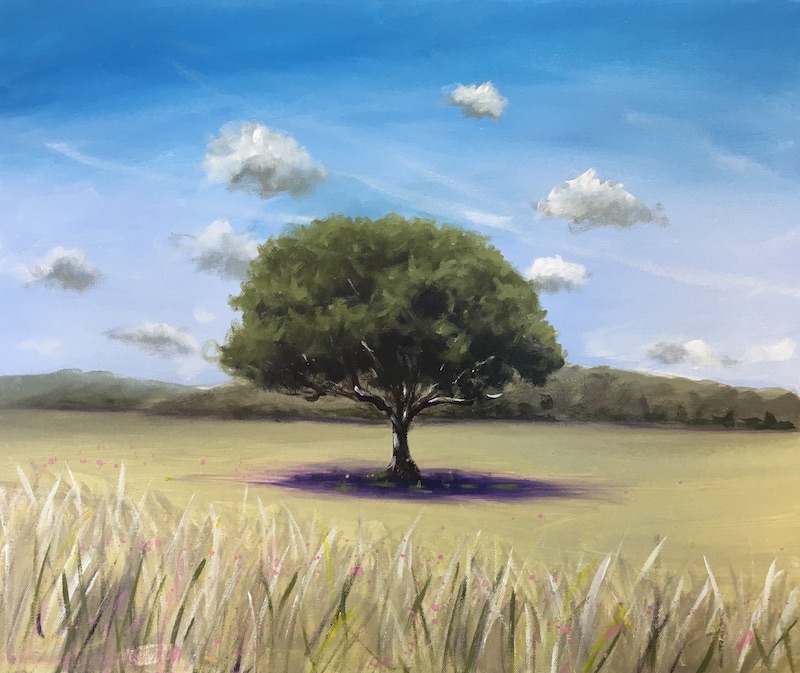
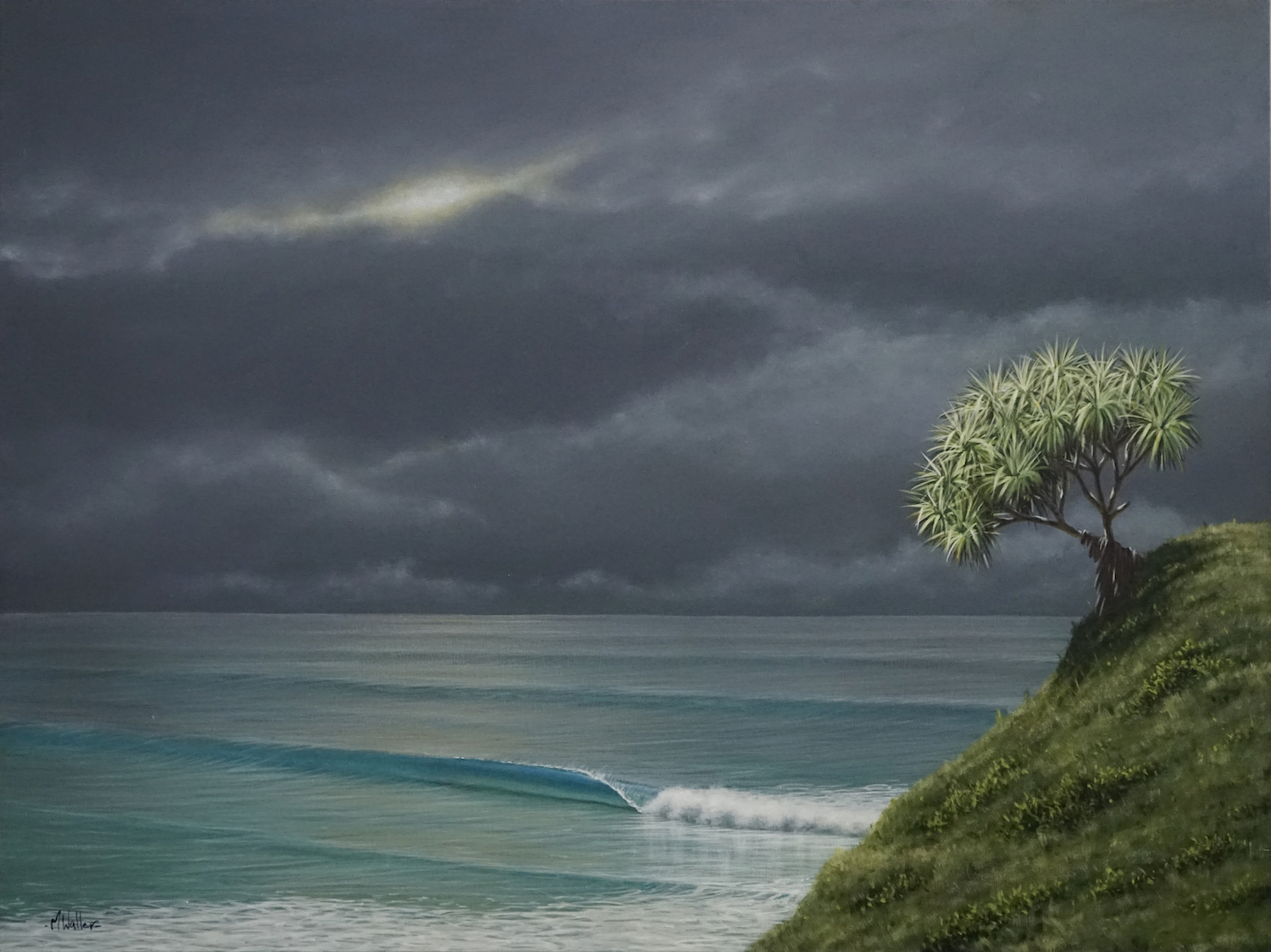
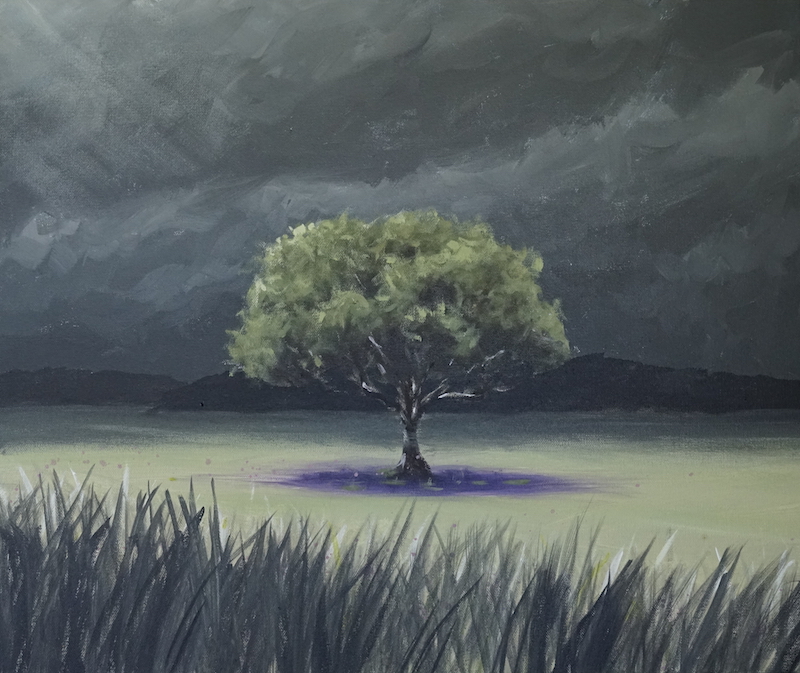

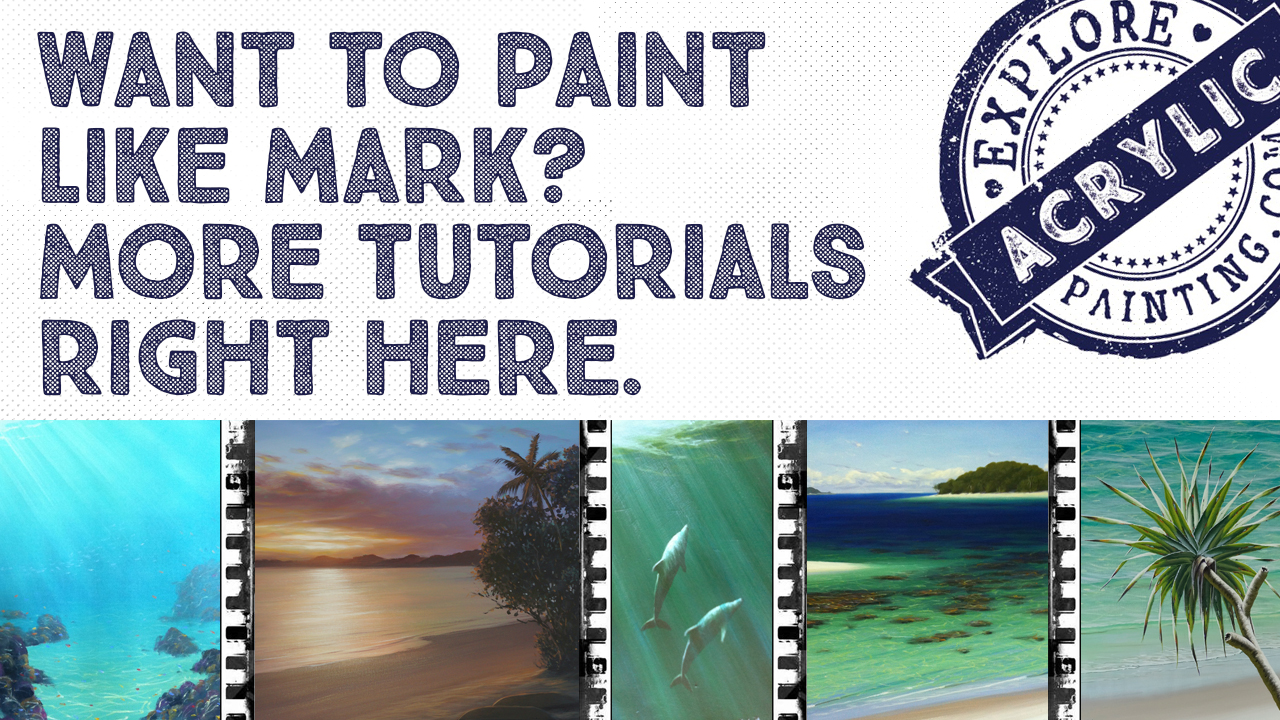
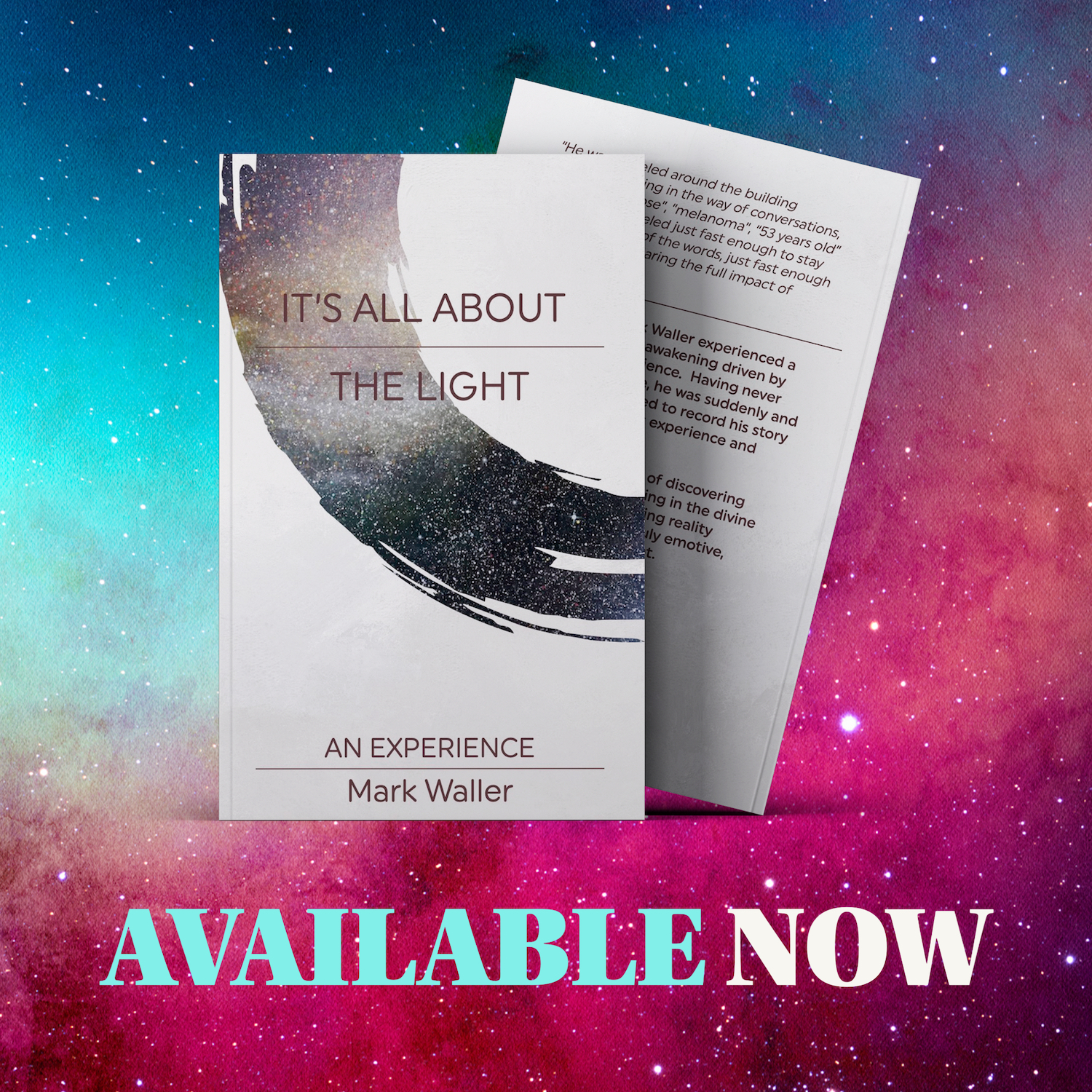
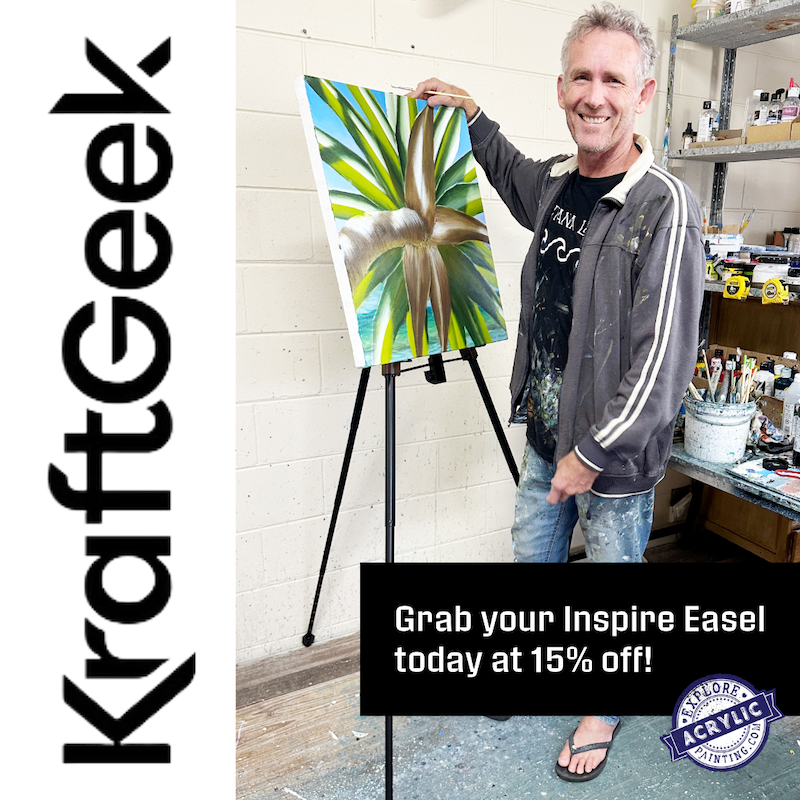










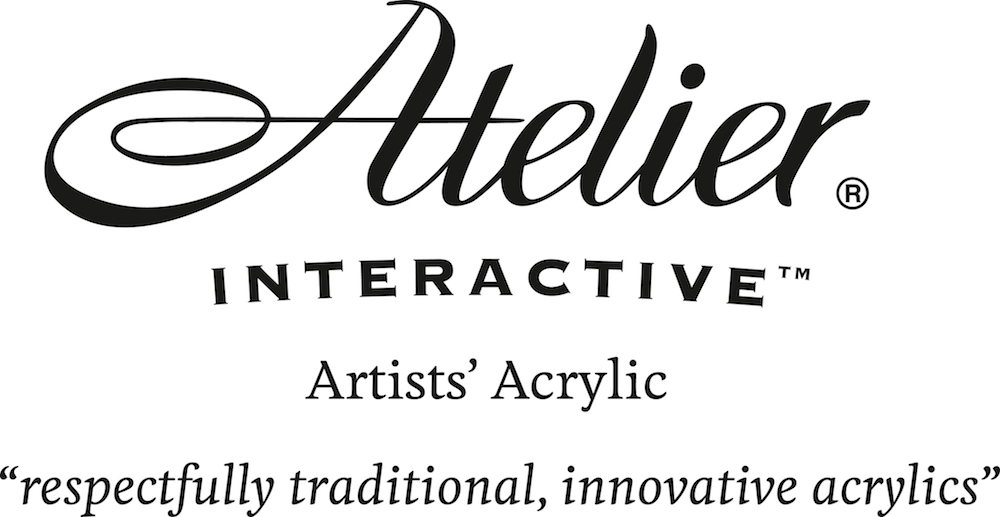


New! Comments
Have your say about what you just read! Leave me a comment in the box below.